Breast augmentation procedures are among the most commonly done types of plastic surgery. It seems today that most women want to have larger breasts and some of them, who have the courage and the financial resources, decide to get implants, especially since it is no longer considered a dangerous or harmful procedure.
Silicone injections, among the most primitive forms of breast augmentation, were first introduced in early 1960’s and followed by a series of problems related to them, like hardening of the silicone and others, which often resulted in mastectomy.
By the 1990’s, despite of potential health risks they carried, hundreds of thousands of women have had silicone breast implants done. The manufacturers kept looking for more stable and safe alternatives and they still do. Today there are implant options that are completely safe but silicone is still surrounded by widely believed yet false beliefs. Here are some of them.
Original silicone implants cause massive health problems
The first silicone implants were introduced by Dow Corning and they are still believed to cause many health problems. However, it was found that they were dangerous, and therefore unsuitable, only for a selective number of recipients. The reason why they got such a bad reputation lies in the mechanism of selectively revealed information, where the public only came to know about the cases in which women have suffered from problems. Those cases were few compared to the number of the successful ones.
The risk of cancer
There has been a significant number of studies and research in the field of silicone breast implants, and there is still no definitive evidence that these implants increase the risk of breast cancer. This is exactly why the Federal Drug Administration of the United States allowed silicone implants back on the market, after having banned them in the early nineties.
Lifetime warranty
Physicians and manufacturers used to promise their patients that silicone breast implants will last a lifetime. They are less prone to rupturing compared to those filled with saline solution, but they do wear out. Today, if a woman gets silicone breast implants, she should expect to have them replaced or repositioned in ten or fifteen years.
Dangers of a ruptured silicone implant
Silicone implants rarely rupture. It has happened in a number of cases but the risk is still small. The problem is currently being solved by using thicker gel and better casings, so there is a smaller chance of rupture and leaking. In addition, when a silicone implant ruptures, it does not affect the shape of the breast, as it is the case with ruptured saline solution implants.


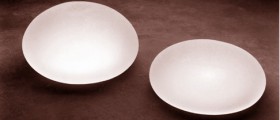

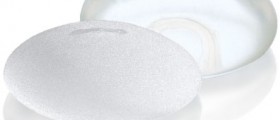
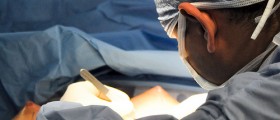

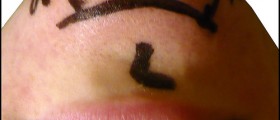


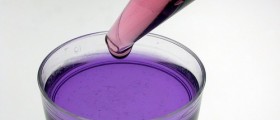
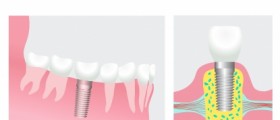
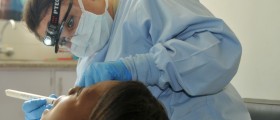
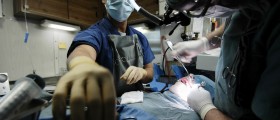
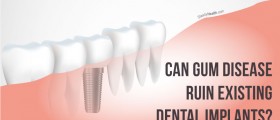
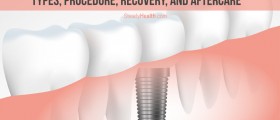

Your thoughts on this
Loading...